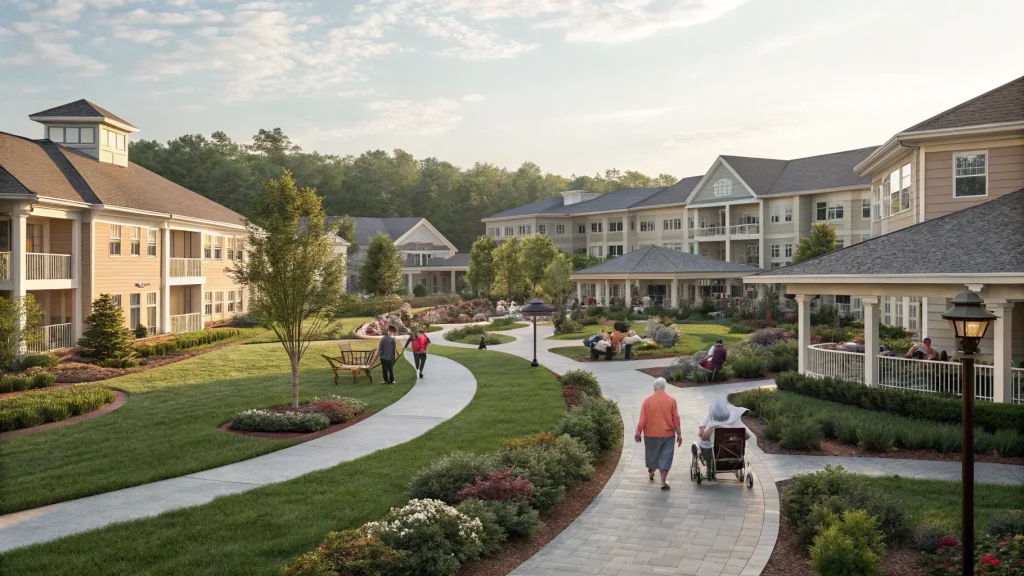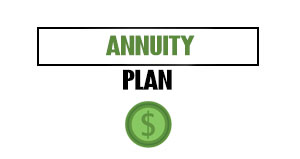Retirement communities, often marketed as ideal solutions for seniors seeking comfort and community in their later years, conceal significant financial challenges that many prospective residents may not fully understand until they’ve committed. These communities, which promise carefree living and built-in social networks, often come with complex fee structures and long-term financial obligations that can deplete retirement savings faster than anticipated.
While the glossy brochures showcase amenities like swimming pools, golf courses, and on-site healthcare, they typically downplay the substantial entrance fees, monthly maintenance costs, and potential special assessments that residents face. For many seniors on fixed incomes, these hidden costs can transform a dream retirement into a financial nightmare.
The Cost Structure Reality
Most retirement communities operate using one of several financial models, each with its own implications for residents. The most common include:
- Entrance fee models that require substantial upfront payments (often $100,000 to $1 million) with monthly fees
- Rental models with no entrance fee but higher monthly payments
- Equity models where residents purchase their units but still pay community fees
What many seniors don’t realize is that entrance fees are often only partially refundable—or in some cases, not refundable at all. This means that a significant portion of their investment may be lost if they decide to move or need to transition to higher levels of care.
Monthly fees present another challenge. These typically start between $2,000 and $5,000 but can increase annually at rates that outpace inflation or Social Security cost-of-living adjustments. Some communities have raised monthly fees by 3-5% annually, quickly making what seemed affordable become unsustainable.
Healthcare Promises vs. Reality
Many retirement communities market themselves as providing “lifetime care,” suggesting that residents’ healthcare needs will be covered as they age. The reality is more complicated.
These communities often provide access to healthcare, not coverage of healthcare costs,” explains a senior housing expert who requested anonymity. “The distinction is critical but frequently misunderstood by prospective residents.”
Continuing Care Retirement Communities (CCRCs) promise to provide different levels of care as residents’ needs change, but this often comes with substantial additional costs not included in the basic fee structure. When residents need to move from independent living to assisted living or skilled nursing care, their monthly costs can double or triple.
Financial Stability Concerns
The financial stability of the retirement community itself represents another risk factor rarely discussed during sales presentations. Several high-profile bankruptcies in the sector have left residents in difficult positions, sometimes facing eviction or dramatic fee increases when new management takes over.
Industry data indicate that approximately 12% of retirement communities operate with concerning financial metrics, placing them at a higher risk of financial difficulties that could impact residents. Yet few prospective residents conduct thorough due diligence on the economic health of communities they’re considering.
Financial advisors recommend requesting audited financial statements and asking pointed questions about occupancy rates, debt levels, and reserve funds before making any commitments.
For many seniors, the decision to move into a retirement community represents one of the most significant financial commitments of their lives, typically made at a time when their earning potential has come to an end. Understanding the complete financial picture—not just the amenities and social benefits—is essential for making an informed decision.
As the population ages and more seniors consider these living arrangements, consumer advocates are calling for greater transparency in marketing materials and contracts. Until then, the responsibility falls on prospective residents and their families to look beyond the polished marketing and understand the actual costs of what’s being offered.















